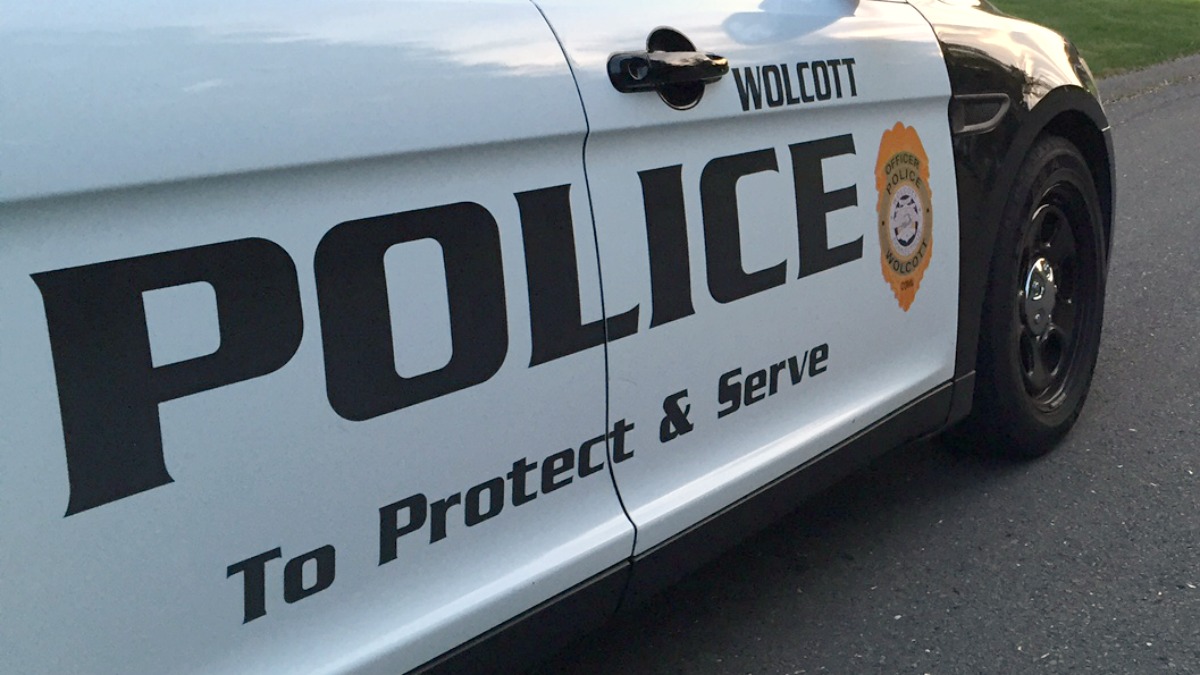For the first time in more than two years, some Connecticut parents will have to start paying for their children to eat in school. State funding that allowed schools to continue offering meals at no cost to students is now, as expected, beginning to run out.
There are kids who are going to go hungry and there are families who are not going to be able to feed their children and there is nothing more important than that.
Jennifer Bove, Director of Food Services for East Hampton Public Schools
East Hampton will begin charging students for school meals on Dec. 1. Bove said that the no-cost meals have been incredible for East Hampton schools, greatly increasing participation numbers.
“It really does reach the kids who need it most and now to see it go away is heartbreaking," Bove said.
Get Connecticut local news, weather forecasts and entertainment stories to your inbox. Sign up for NBC Connecticut newsletters.
During the beginning of the pandemic, free school meals were offered nationwide. When the federal waivers that allowed for universal free school lunches expired, Connecticut allocated $30 million to help schools with the transition.
The state does not have plans to allocate additional funds to extend the initiative beyond the $30 million, according to a spokesperson.
Local
As the state funding begins to run out, not all districts will be impacted. Some districts, including Hartford and New Haven, qualify for the Community Eligibility Provision (CEP). The CEP requires districts to offer free breakfast and lunch to all students.
In districts that don't qualify for the CEP, like East Hampton, families can apply individually for free and reduced meals based on their income.
“It only takes into account your current income, what you are making, it doesn’t take into account debt," Bove said. "So all those families who maybe lost a job over the pandemic and are still struggling to pull themselves out of that don’t qualify because they do currently have a job, but that doesn’t mean they can afford to feed their kids.”
Bove estimates that approximately 300 students in East Hampton need free school meals, but don't qualify under federal guidelines.
In Stonington, the state funding allowed Stonington Public Schools to offer free meals through September and October. The district started charging for meals again Nov. 1.
"Our biggest concern is decreased student participation in the school meal program and the impact the discontinuation of universal free meals has on our district’s households that do not qualify for free or reduced price meal benefits," Stephanie Deason, Stonington's director of food services, wrote in an email.
Montville's food services director expects their state funding to run out soon as well, projecting that they might have to start charging students again after the holiday break.
The Connecticut State Department of Education is encouraging each district to communicate with families about when the funds will be exhausted in their district. The department is also encouraging families to apply for other nutrition programs like SNAP (Supplemental Nutrition Assistance Program). The eligibility requirement for SNAP in Connecticut was recently adjusted from 185% of the federal poverty level to 200%.
"We are really pushing that. Families who didn’t qualify for SNAP before may qualify now. If they qualify for SNAP, they may automatically get free or reduced meals," Bove said.



